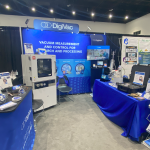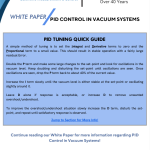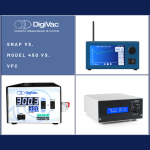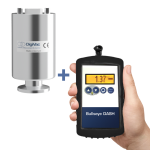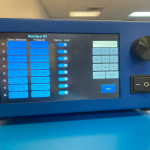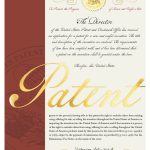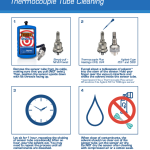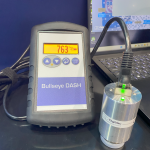
How DigiVac Products can Help with Aerospace/Altitude Simulation
Applications | How DigiVac Products can Help with Aerospace/Altitude Simulation Similar to how a majority of people come across items or products that have potentially touched or come into contact with some form of vacuum, people interact with things a plethora of satellites in space have operated or influenced in some way. Examples include using a GPS to get to and from work, making a call to someone in a different country, checking the weather report, or even something as simple as using the Internet. Satellites are an integral part of modern life, whether we realize it or not. However,


